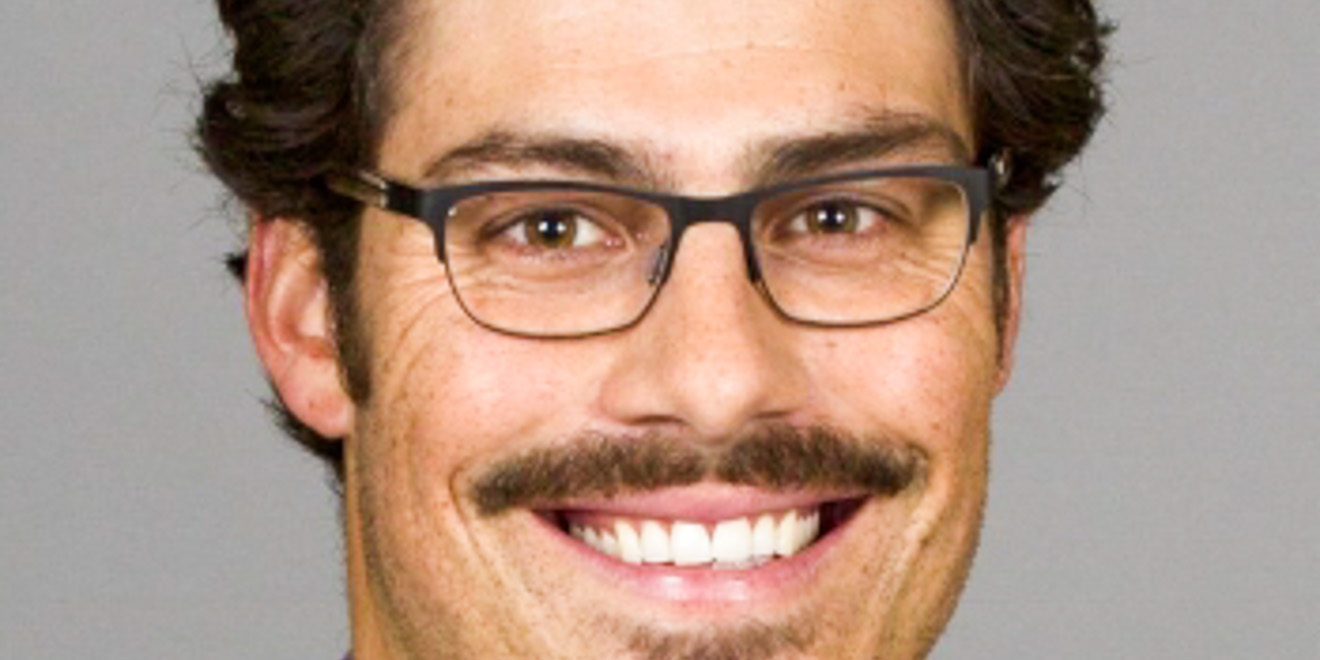For fans, one of the most exciting parts of watching football is seeing defenders deliver huge hits on offensive players. Society’s infatuation with large blows can be seen through sports culture, such as ESPN Monday Night Football’s segment “Jacked Up” or the Nintendo 64 game “NFL Blitz,” each of which glorified the biggest hits in the game. Unfortunately for players, these hits can and do lead to brain trauma, which can have significant adverse effects on the livelihood of players far after their playing days are over.
Fortunately, researchers have turned their attention to the understanding and prevention of these types of injuries through the application of science. One such researcher is Dr. David Camarillo, an assistant professor of bioengineering at Stanford University and former collegiate football player at Princeton University. Camarillo heads the Camarillo Lab at Stanford, which, among other issues, looks at brain injuries in sports. According to his lab’s website, concussions are a form of traumatic brain injury (TBI) that comprise between 1.6 and 3.8 million cases of TBI in the U.S., and it is no secret that many concussions are a direct result of participation in contact sports.

Tests that screen for concussions
Before concussions and other forms of brain trauma can be prevented, they must first be understood at the scientific level, which is precisely what Camarillo and others at Stanford are seeking to do.
“My goal is to understand the causes and mechanisms of concussions,” Camarillo said. “We’re trying to quantify the brain trauma that happens in sports.”
One way that the Camarillo lab has started to quantify brain trauma is through the use of sensors in mouth guards. According to Camarillo, these sensors are similar to those found in iPhones and are used “to measure linear acceleration and rotational acceleration.”
In particular, some members of the Stanford football team have chosen to participate in the study, which involves the players wearing these mouth guards during games. This means that if a player suffers a concussion from a particular hit, Camarillo and his team can check the data from the sensor to determine how much force was involved, which can help establish thresholds for concussions.
The applications from this could be tremendous, as researchers could monitor hits throughout the game. If a player suffers a blow that registers at a particularly high level, he or she could come off the field to do a quick screening to ensure that no concussion was suffered, which could drastically improve the ability to screen for concussions and diagnose them properly.
But what if this first level of screening does not catch a diagnosis that should have been made? To help answer this crucial question, Camarillo has partnered with other labs on campus to perform MRIs and eye-tracking checks.
“We do MRIs on subjects before the season to establish a baseline that we can compare to if they are injured during the season or to compare after the season in case there wasn’t any sort of injury,” he said.
Thus, even if a player has not been diagnosed with a concussion, this before-and-after data can help researchers monitor the health of players even during the season with MRIs. If a player’s MRIs are vastly different than the baseline reading, this could alert researchers that something may be wrong.
The eye-tracking tests employ this same concept of establishing a baseline that is specific to the individual. In these tests, subjects follow the movements of dots, since one effect of brain trauma is the disturbance of some visual circuits. As recently as this past week’s game against Oregon State, some Stanford football players performed these eye-tracking tests before the game to establish baseline levels. These tests are also quicker and easier to perform than others like MRIs and could aid in quicker screening during athletic events to ensure players are safe to return to action.
Questions to answer moving forward
As research continues to move forward in brain trauma, there are many tough questions for scientists to answer. For example, while researchers such as Dr. Camarillo are working to quantify trauma, the question of choosing numerical thresholds to classify trauma becomes very important. At what level should athletes be prohibited from continuing to play?
Another difficult area of brain trauma research is making sure that athletes understand the risks associated with playing through these injuries. Most competitive athletes will want to continue to play if they feel that they can, which increases the need for measures such as MRIs and eye-tracking checks that make the diagnosis process more objective.
As Camarillo explains, “The number-one risk factor for concussions is previous history of concussions.”
As such, it is important to take all steps necessary to ensure that athletes do not play through these.
As researchers shift their aim from the understanding of brain trauma to delve deeper into ways to prevent trauma from occurring, it is important to note that brain trauma in sports is not solely relevant to football. Many contact sports can put athletes at risk, and as Camarillo notes, bicycle riding is the number one cause of sports and activity-related trauma in the U.S. Thus, the bottom line is that it is important that research continues to develop to understand on a quantitative level when concussions might have been sustained and ultimately to work toward the prevention of brain trauma.
Contact Shawn Tuteja at sstuteja ‘at’ stanford.edu.
